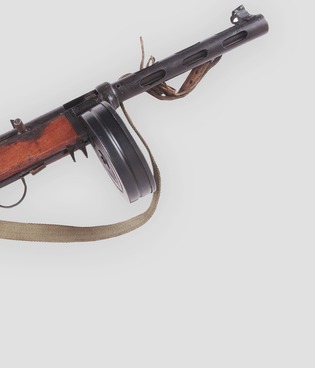The badges as presented in the exposition were awarded to members of the Red Cross and Crescent Society who successfully passed the “Ready for Sanitary Defense of the USSR” test.
In the 19th century, combat losses on the battlefields dramatically increased due to the use of military devices: machine guns, mass breech-loading rifles, long-range cannons. The topic of settling issues regarding growing numbers of the wounded, and conditions of captive soldiers and officers arose at an international level.
On the initiative of Henry Dunant, a Swiss businessman and writer, the Geneva Conference was convened in 1863 and a year later adopted the convention of the same name. It prescribed the neutrality of hospitals and dressing stations, humane treatment of prisoners and wounded soldiers, and finally established the “International Committee of the Red Cross” organization. The convention defined the main goals of this organization as providing protection and assistance to victims of armed conflicts and situations of violence within countries, setting limits and restrictions for military conduct.
The first Russian Red Cross Society was established in 1867 by Emperor Alexander II. Since then, there has not been a single military expedition or war in which the Russian Red Cross Society did not take part. In Soviet Russia, the society continued its activities, fighting famine in the Volga region in 1921, malaria, and social ills of the new country. In 1925, the organization funded “Artek” — an exemplary children’s pioneer camp in Crimea.
In 1934, the Executive Committee of the Russian Red Cross Society approved the qualifications and standards for the “Ready for the Sanitary Defense of the USSR” (RSD) test and began mass training the adult population in first aid skills. To receive a badge, the applicant was required to pass a test in the following sections: military medicine, sanitation, air defense, housing hygiene, food hygiene, personal hygiene, physical education and Red Cross work.
In 1935, the RSD badge 2nd Class was established, designed for those who pass the standards of increased complexity. The same year, the badge “Be Ready for the Sanitary Defense of the USSR” (BRSD) was established for schoolchildren ages 12 to 17, the requirements for which consisted of four sections: first aid, field hygiene, air defense, school hygiene and sanitation. With the beginning of the Great Patriotic War in June 1941, the production of badges was interrupted, resuming only at the end of 1945 with a new diamond-shaped design.

